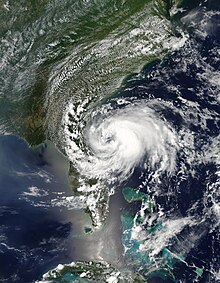Despite one meteorologist's claims, the data quite clearly shows that a negative Indian Ocean Dipole is the more favorable configuration for Atlantic tropical cyclone activity. First off, taking a composite of the top 5 Accumulated Cyclone Energy years in the Atlantic (2005, 1995, 2004, 1950, 1961) shows below-average ocean temperatures across the Indian Ocean during the August to September timeframe. If you take another composite of the surface precipitation rate for the same years in the same period, you'll see that surface precipitation is above-average as a result.


And if for some reason that's not enough, an El Nino correlates well with a positive Indian Ocean Dipole, which is unfavorable for activity. The reason for this is that when the ocean temperatures are warmer in the Indian Ocean, active convection limits moisture transport into the African monsoon, therefore limiting the intensity and frequency of tropical waves. And as explained
in this paper, which I have referenced many times and which was written by specialists from the Climate Prediction Center, National Hurricane Center, and Hurricane Research Division, a positive IOD weakens La Nina-related patterns that would otherwise allow for more tropical activity in our basin.

The information is there, it's just a matter of whether one chooses to ignore it or not.
















